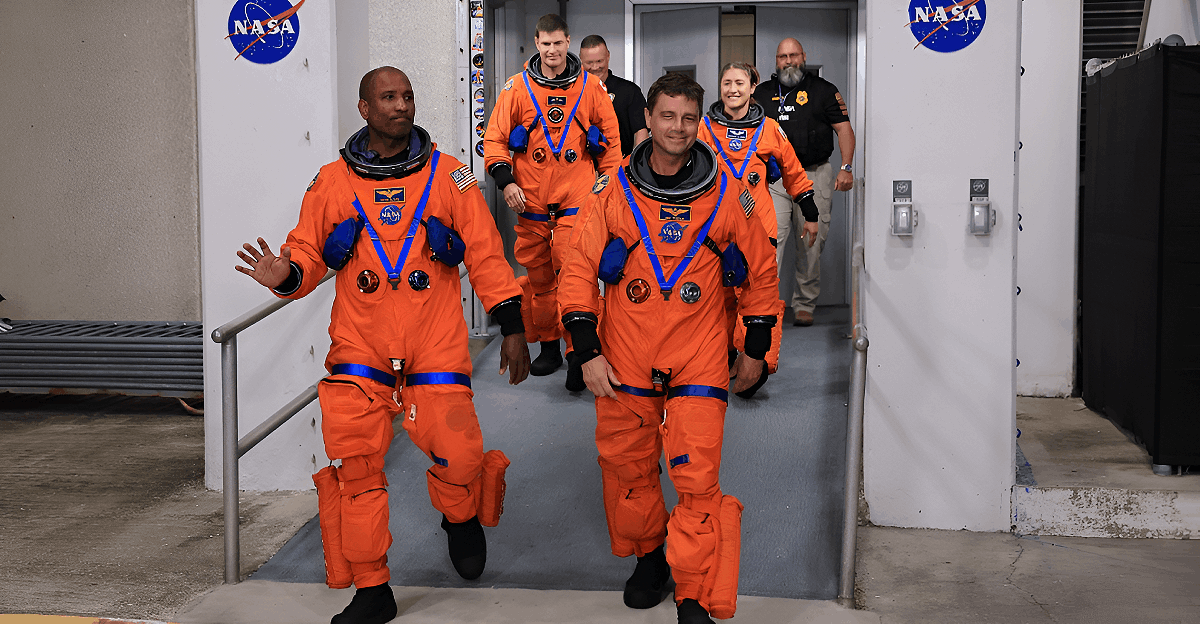
NASA’s plans for the Artemis II mission are igniting a new era of lunar exploration. Set to be the first crewed Moon flight in nearly half a century, this mission promises unprecedented experiences, including the closest approach to the Moon since Apollo.
“We have a front-row seat to history,” states Lakiesha Hawkins, NASA’s Acting Deputy Administrator, capturing the moment’s essence. As the world’s eyes return to the Moon, Artemis II is more than a mission; it symbolizes a renewed passion for exploration and discovery. The excitement surrounding this endeavor resonates with many, sparking imaginations and hopes for future generations of explorers.
The Race to Return

As Artemis II takes shape, it embodies a renewed international race to return humans to the Moon. The United States aims to stay ahead amid fierce competition, particularly from China, which has ambitions to land astronauts on the lunar surface by 2030. Delays in Artemis II’s timeline have heightened scrutiny and pressure as specialists work diligently to meet rigorous schedules.
For those involved, it resonates with deep urgency; Victor Glover, one of the astronauts, asserts, “We’re pushing the boundaries of what’s possible.” This contextual backdrop adds to the mission’s significance, emphasizing the stakes in lunar exploration today.
Reviving a Legacy

NASA’s last crewed lunar mission, Apollo 17, took place in 1972, marking the end of an iconic era in space exploration. Since then, robotic missions have dominated lunar studies, while human expeditions faded from public discourse. With Artemis II, NASA aims to rekindle that adventurous spirit and inspire a new generation of scientists, engineers, and dreamers.
“We are not just making history; we are reimagining our future,” comments Christina Koch, highlighting her aspiration for young people to pursue their dreams. The return to human spaceflight reflects broader ambitions and rekindles enthusiasm for what lies beyond our planet.
Rising Expectations
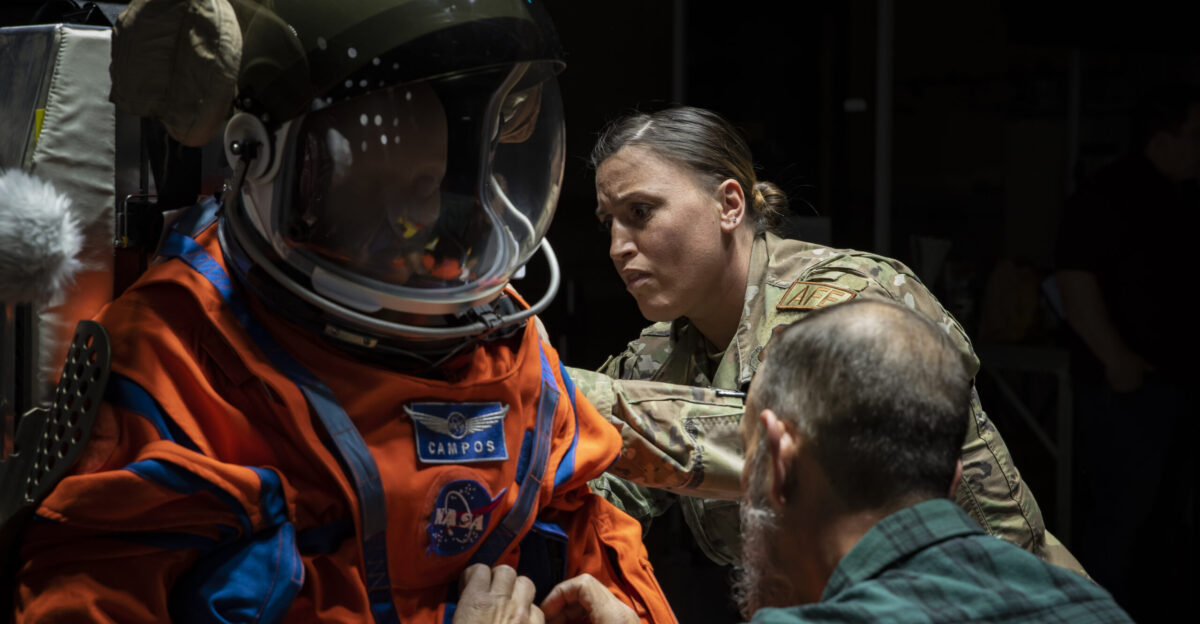
Technical hurdles and persistent delays have characterized the Artemis program, raising the stakes for Artemis II. The pressure to succeed intensifies as the team focuses on hardware readiness and rigorous safety reviews. “It’s not just about launching; it’s about ensuring we do it safely,” a NASA engineer explains, underscoring the complexities involved.
This mission represents a pivotal moment for NASA, necessitating innovations and solutions that can yield confidence in the hardware and crew. With increasing expectations from the public and international observers alike, the path forward is fraught with challenges that define the current landscape of space exploration.
Historic Liftoff Target
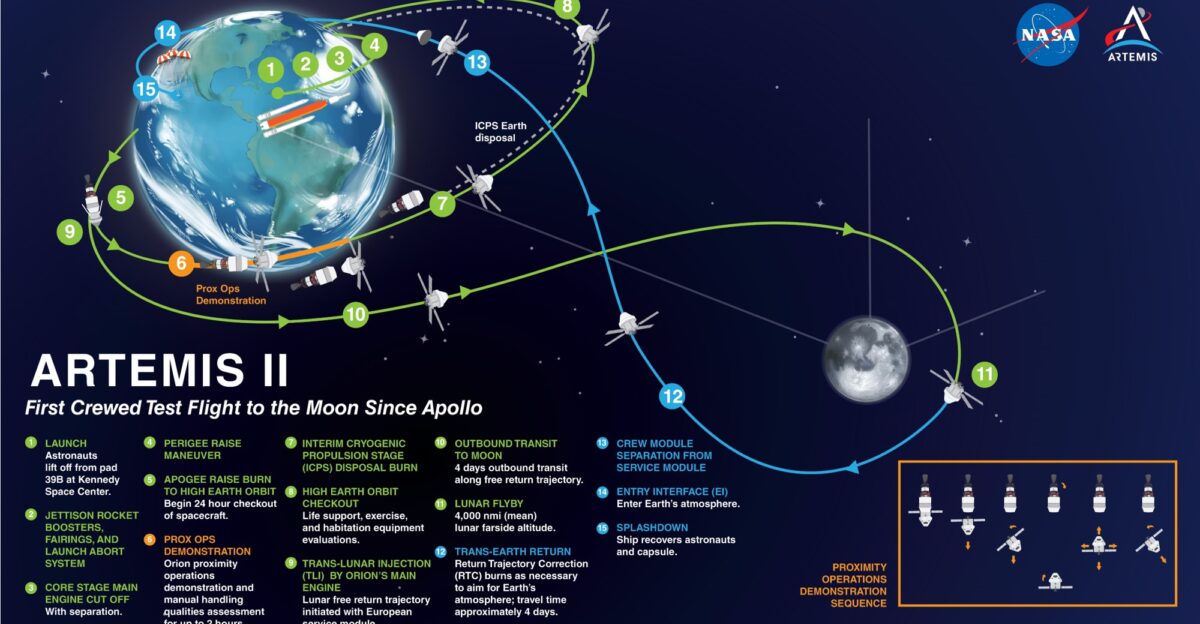
NASA is now targeting February 2026 for the Artemis II crewed Moon mission, setting the stage for a historic return. Four astronauts will journey aboard the Orion spacecraft, propelled by the powerful Space Launch System (SLS) rocket.
Among the crew are the first woman and person of color to embark on a lunar flight, marking this mission as historical. “This is for everyone,” says mission commander Reid Wiseman, emphasizing the mission’s commitment to diversity and inclusion. As anticipation builds, Artemis II could redefine space exploration’s narrative, symbolizing progress both in science and society.
Economic Impact

The Artemis program is not just scientific; it has profound economic implications across the United States. Billions have been funneled into the American industry, sustaining jobs in states like Texas, Alabama, and Florida, where NASA centers and contractors are located.
In Texas, a contractor remarks, “The excitement is tangible; every day feels like we’re on the brink of something monumental.” These investments boost local economies and stir national pride among Americans. As Artemis II takes shape, the revived space race unifies, instilling a shared sense of purpose in the journey ahead.
Crew’s Perspective

The diverse Artemis II crew offers a unique perspective on this historic mission. Mission commander Reid Wiseman describes his teammates as “driven and incredibly humble,” while Victor Glover emphasizes the universal nature of their journey: “This is for all humanity.” Christina Koch, inspired by the Apollo missions, urges young people to “never stop dreaming,” capturing the essence of what Artemis II represents.
Their collective passion and commitment showcase their technical expertise and a genuine desire to inspire the next generation of explorers. Their unity forms the heart of this monumental journey, as they prepare for liftoff.
Geopolitical Landscape
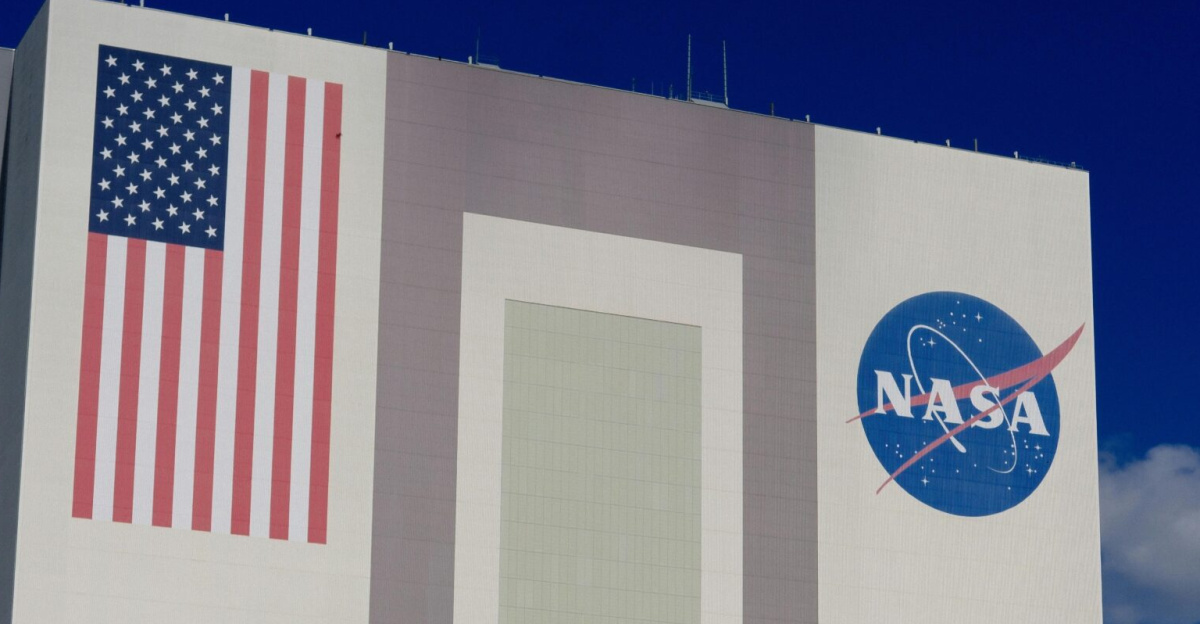
The dynamic between international space programs significantly influences Artemis II’s timeline. With China’s ambitious Moon landing goal set for 2030, the pressure is on for NASA to assert its leadership in space. Lakiesha Hawkins notes, “There’s a desire for us to be the first to return,” acknowledging the competitive landscape that adds urgency to their mission.
As Artemis II progresses, understanding the geopolitical context becomes crucial for appreciating the implications of lunar exploration. This rivalry pushes innovation and collaboration, ultimately shaping the progression of space exploration on a global scale.
A Decade in the Making

The groundwork for Artemis was laid over ten years ago, encompassing redesigns and challenges that reshaped its vision. Changing priorities, budget constraints, and international collaborations have all influenced the mission. “It’s not just about the technology; it’s also about our societal goals,” says a space policy analyst.
This evolution has made Artemis II the most complex mission since Apollo, balancing innovation with collaborative global efforts. As teams finalize preparations, it’s apparent that this mission represents a culmination of decades of work and aspiration, aiming to push the boundaries of what humanity can achieve together.
The Spirit of “Integrity”
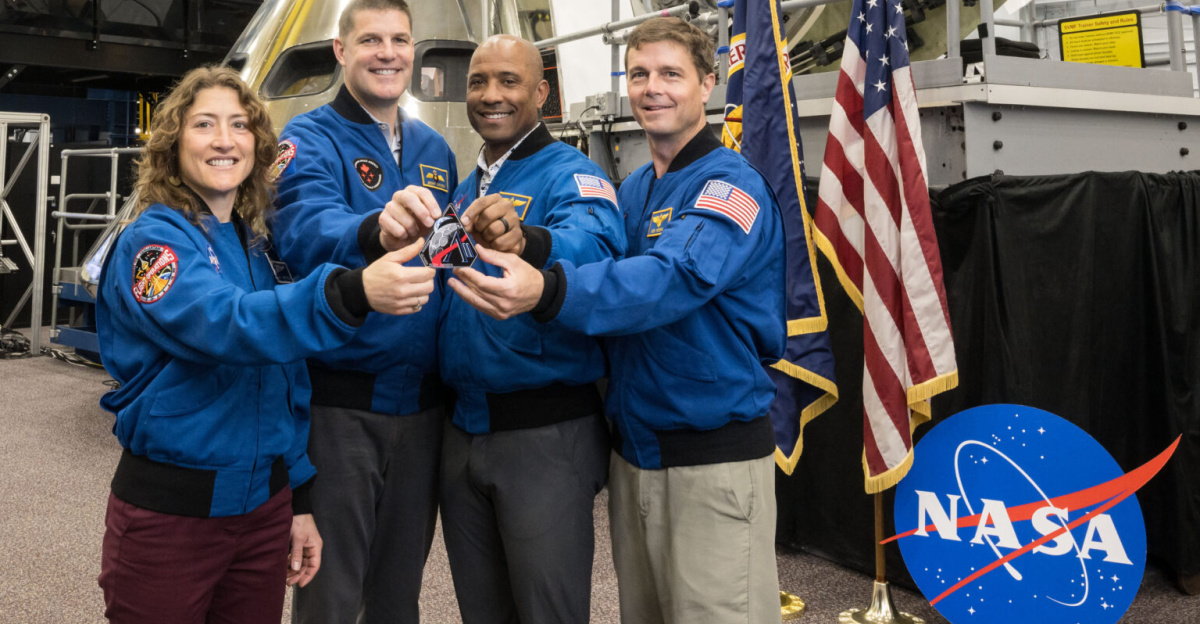
In an inspiring move, the Artemis II crew has named their Orion spacecraft “Integrity.” This decision speaks volumes about their values, emphasizing trust, transparency, and teamwork as cornerstones of their mission. “It’s about the bond we share and the journey ahead,” one astronaut explains.
The name serves as a symbol of their commitment to each other and to the broader ideals of exploration. As they embark on this historic adventure, “Integrity” becomes a name and a guiding principle, encapsulating the crew’s determination to approach the unknown with an unwavering moral compass.
Budget and Friction
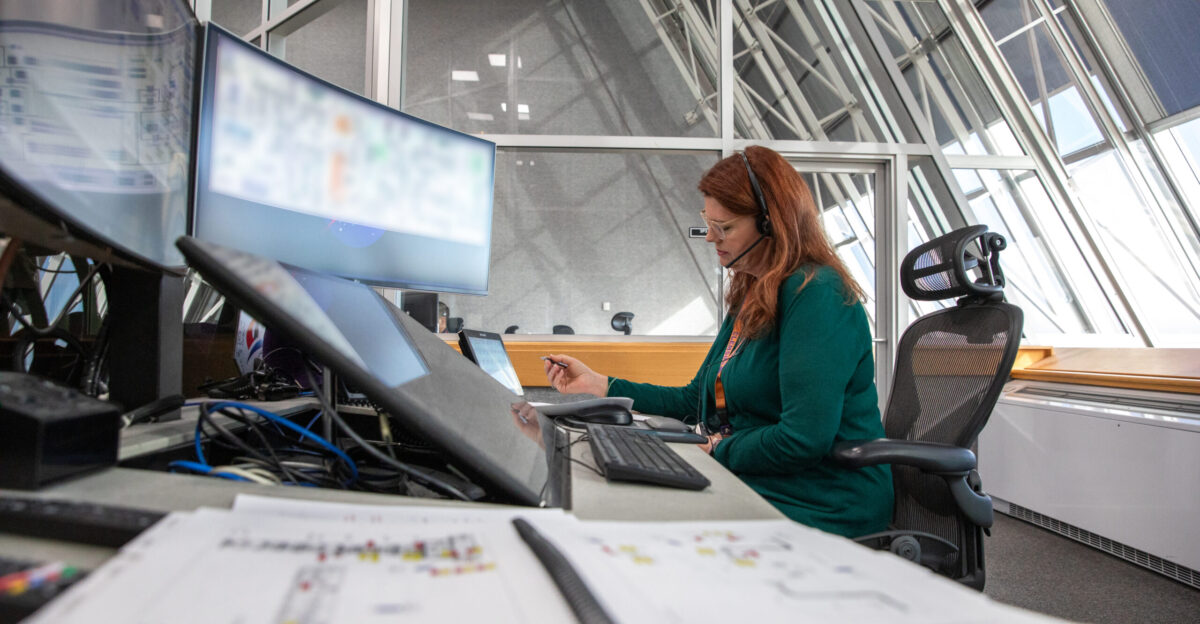
Despite excitement, not all within NASA see the path ahead as smooth. Budget overruns and internal debates have surfaced, with concerns about whether high expectations set by Artemis 1 will translate into risk for Artemis II. “Our concerns are valid; we are aware of the complexities,” shares a NASA employee, reflecting a culture of candid communication.
The friction within reflects broader challenges faced by large organizations undertaking ambitious projects. As they address these issues, NASA leadership must balance aspiration and practical considerations, ensuring the mission remains viable without compromising safety or integrity.
Leadership Stands Firm
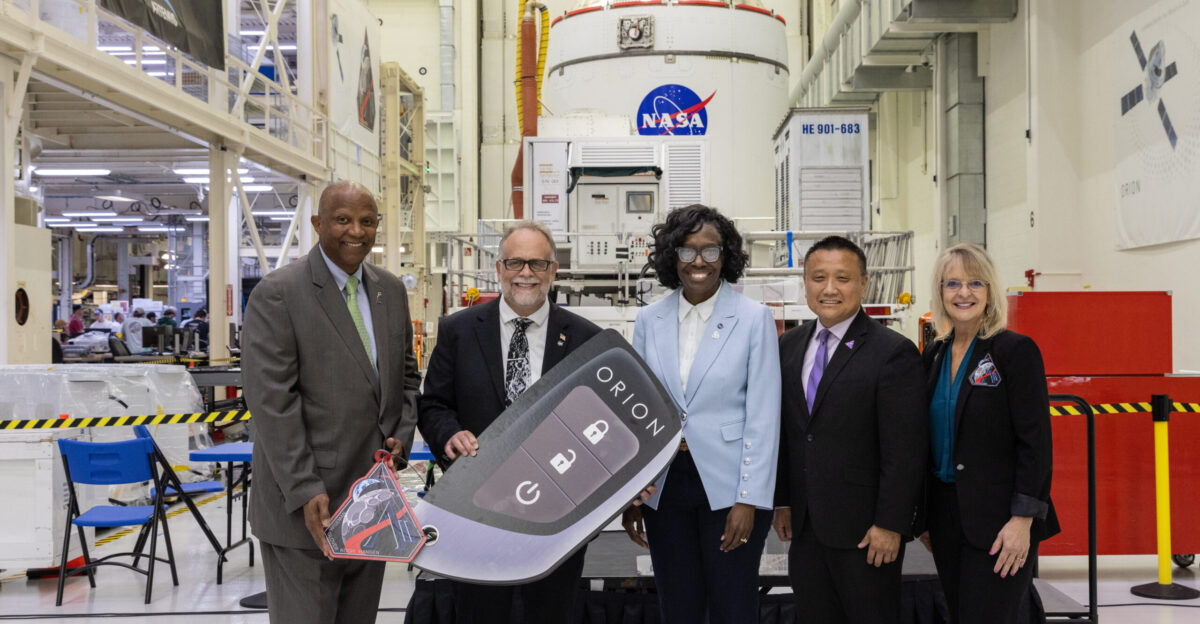
Amidst internal concerns, NASA’s leadership prioritizes safety and mission continuity. Acting Deputy Administrator Lakiesha Hawkins emphasizes, “Safety is our top priority.” Any modifications and decisions are subjected to thorough scrutiny before receiving approval for launch.
This commitment reassures employees and stakeholders alike and speaks to the critical importance of reliability in space missions. As Artemis II prepares for liftoff, the leadership’s unwavering focus on safety and collaboration inspires those involved, reaffirming the organization’s dedication to a responsible approach in advancing human exploration beyond Earth.
Resilience in Action
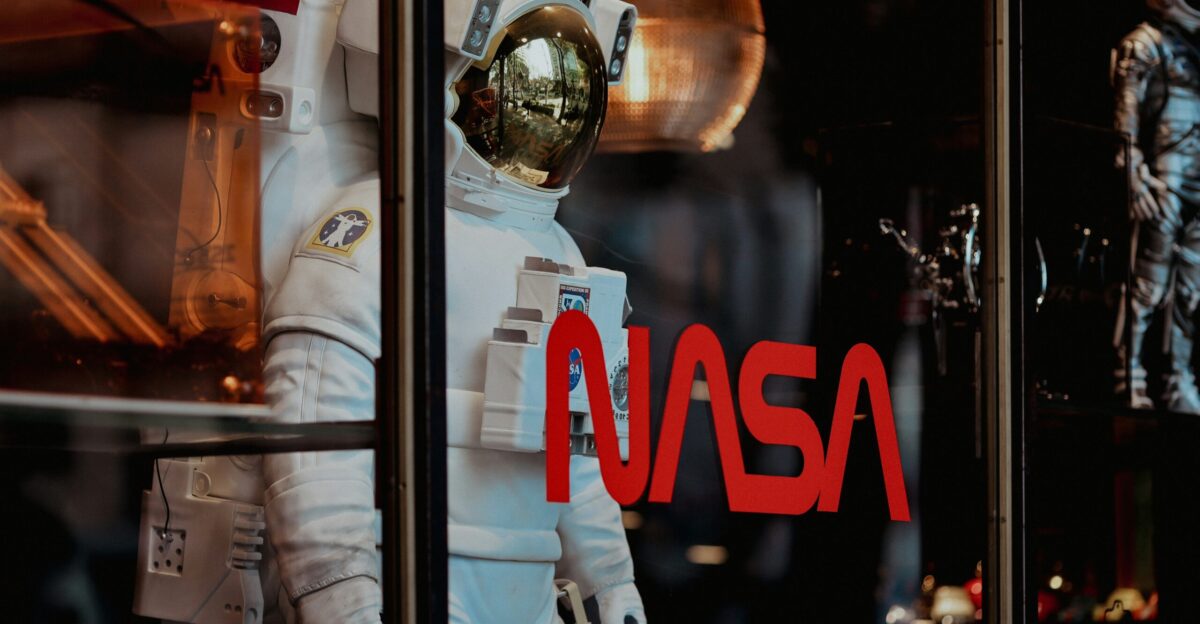
In responding to earlier Artemis delays, NASA has boosted its focus on testing and resilience planning. Engineers are working tirelessly to ensure the Orion capsule’s integration goes smoothly, with a target launch date set before April 2026. “Testing is key; we want assured safety for our crew,” notes a chief engineer, highlighting the importance of rigorous validation processes.
This proactive approach reflects a commitment to learning from past challenges while pushing the envelope in aerospace technology. The resilience demonstrated by the team encapsulates the spirit of exploration, underscoring their determination to safely return humans to the Moon.
Experts Remain Cautious
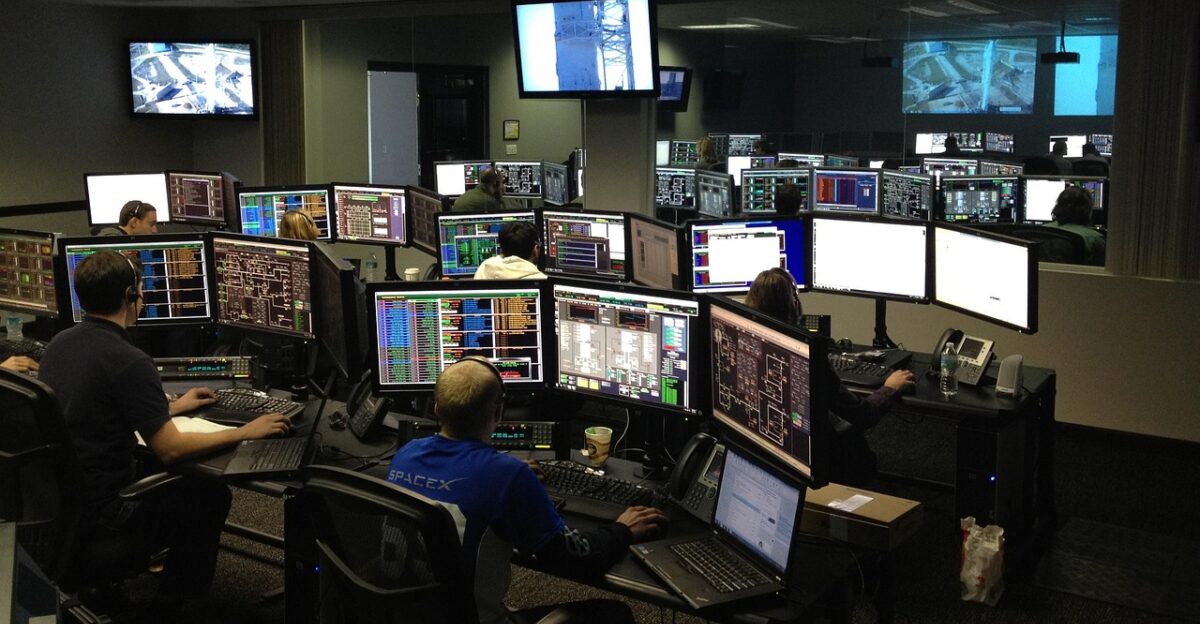
While enthusiasm for Artemis II swells, some analysts urge caution regarding remaining technical hurdles. Laura Forczyk, an aerospace consultant, points out, “There are still key risks in hardware integration that must be addressed.” The readiness for flight hinges on successful testing outcomes, reinforcing the need for thorough preparation.
This cautious perspective is a necessary counterbalance to the excitement surrounding the mission. As the team pushes forward, due diligence in assessing risks and preparing for uncertainties will play a vital role in the success of Artemis II.
A Launch Window Approaches
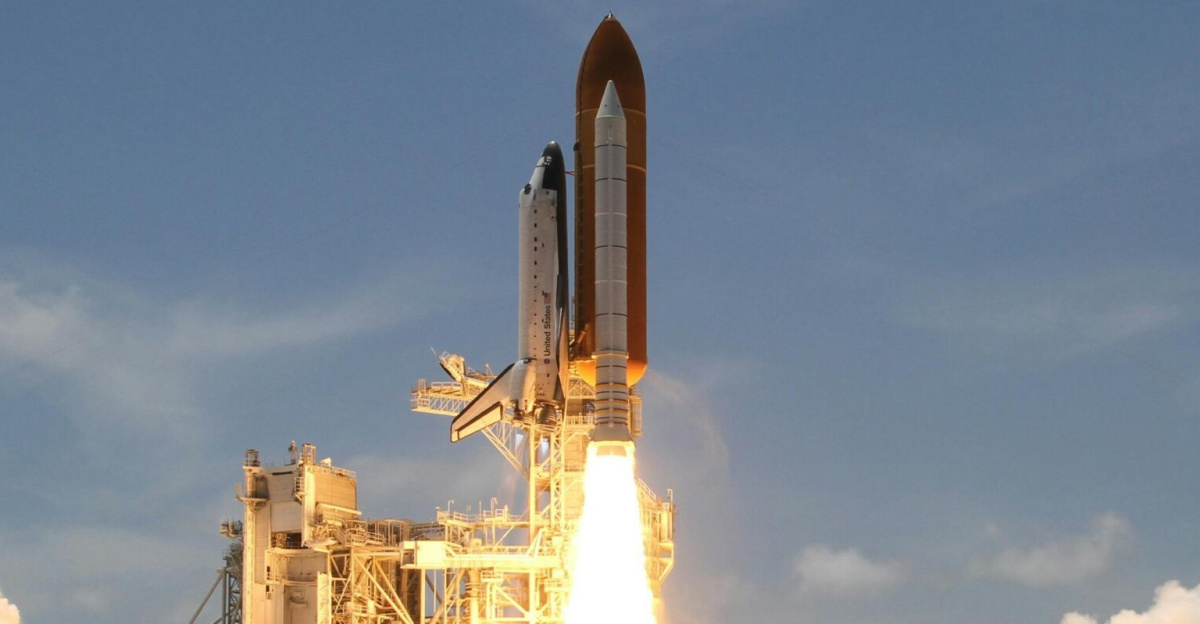
In light of potential challenges, NASA has outlined multiple launch opportunities in February, March, and April 2026. This flexibility is aimed at increasing the odds of a successful mission. “We want to maximize our chances, and these schedules allow us to do just that,” a NASA mission planner explains.
If aligned perfectly, Artemis II could launch as soon as February 5. Each day, anticipation grows, uniting teams and enthusiasts under a shared dream of lunar exploration. As preparations intensify, all eyes are on the launch window, where possibilities will unfold for the crew and humanity.
Policy and Power

The Artemis initiative transcends scientific endeavors; it is also a symbol of national policy and geopolitical ambition. The previous administration pushed for expediency in lunar goals, recognizing the scientific and strategic importance of a lunar return.
“We’re committed to showcasing our capabilities,” states a space policy advisor. Today, policymakers view the lunar mission as a dual objective of exploration and international prestige. As Artemis II advances, its implications extend beyond science, weaving into the complex tapestry of national and international relations in space exploration.
Building Global Partnerships
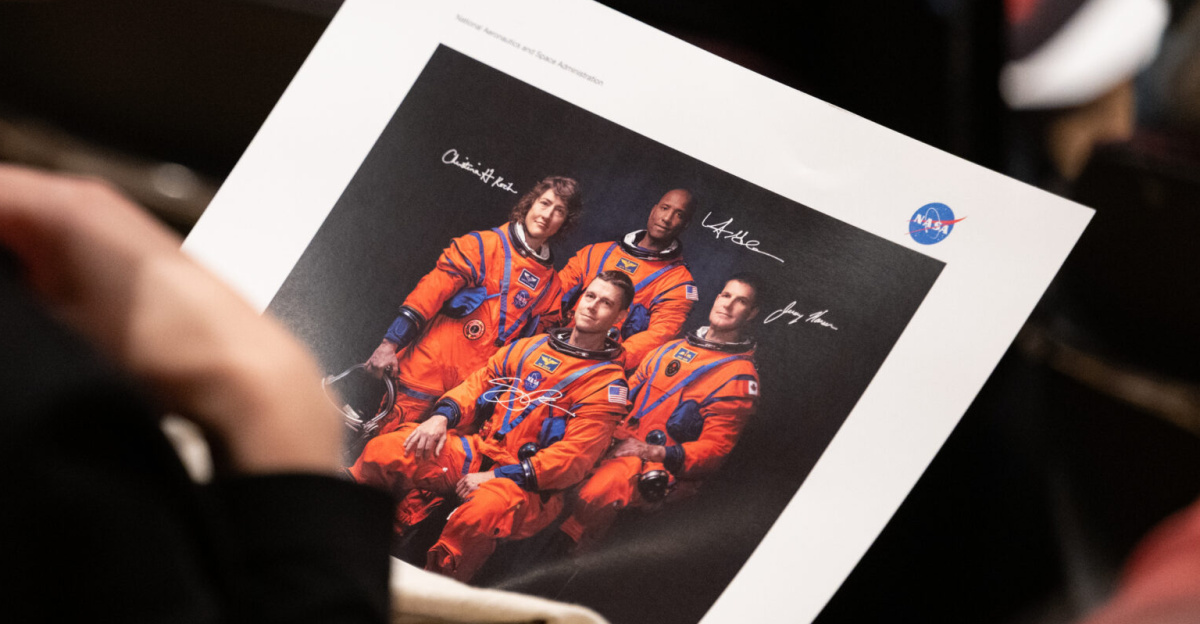
Collaboration across borders is pivotal in the Artemis program, reflecting the growing role of global partnerships in space exploration. With Canada contributing astronaut Jeremy Hansen to the crew, the mission showcases a united front in pursuit of scientific progress. “Space is unifying; it brings us together for a common goal,” one government official remarks.
This collaboration is a testament to shared aspirations and enhances diplomatic ties between nations. As Artemis II unfolds, the spirit of teamwork across various sectors signals the importance of global partnership in tackling the challenges of space exploration.
An Environmental Lens

The Artemis program now influences environmental science, expanding its impact beyond space exploration. Research conducted on the Moon may provide invaluable insights into Earth’s history and resources, along with promoting ecological stewardship.
“Understanding the Moon better can help us protect our planet,” suggests an environmental scientist, linking lunar studies with essential Earth science. As lunar exploration unfolds, it opens doors to innovative solutions for Earth’s pressing challenges. This connection underscores the duality of space exploration as an adventure and a responsibility to understand and care for our planet and its resources.
A Future Beyond the Moon
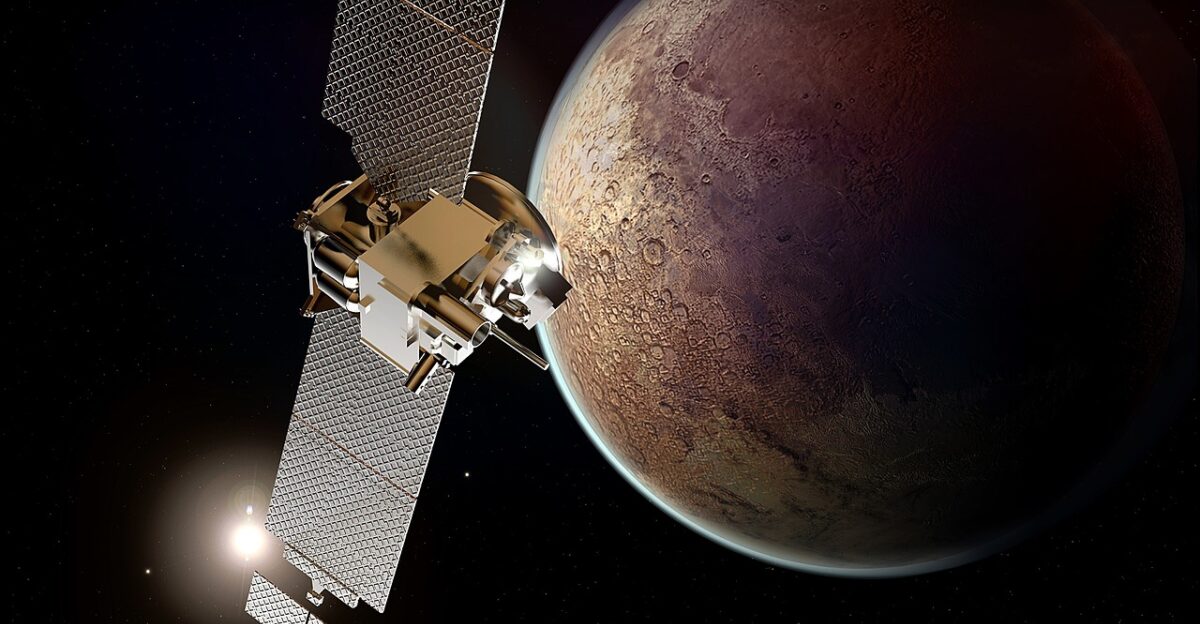
As Artemis II prepares for its mission, it significantly shifts humanity’s outlook on exploring space. Like Mars missions, the Moon serves as a stepping stone, facilitating further advances into the solar system. This vision propels new research and innovative technologies that extend beyond our lunar landscape.
“We see this as a long-term investment in our future,” a NASA strategist states, highlighting the multifaceted implications of lunar efforts. Ultimately, Artemis II symbolizes a broader leap forward, as aspirations for interplanetary exploration take shape while reigniting the human spirit of discovery and adventure.
Looking Ahead

The countdown to Artemis II blends anticipation with challenges, embodying a transformative period for space exploration. As the mission approaches, enthusiasm is matched with caution and dedication to safety and innovation. The world watches as NASA harnesses its resources and partnerships to realize a dream years in the making.
“We’re on the verge of something extraordinary,” says Lakiesha Hawkins, encapsulating the excitement enveloping the mission. As humanity stands on the brink of a new frontier, the narrative of Artemis II unfolds, promising to reshape our experience of space and our understanding of what is possible.